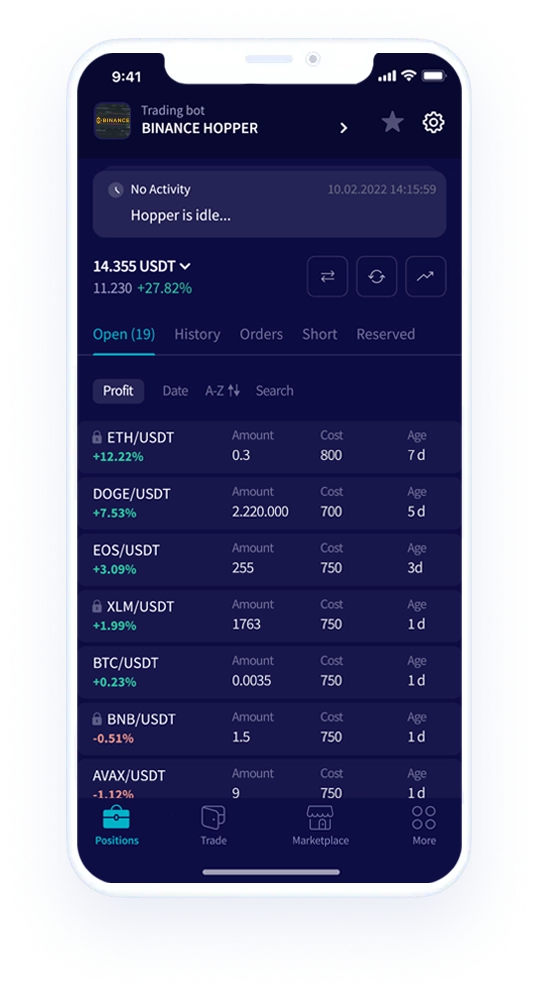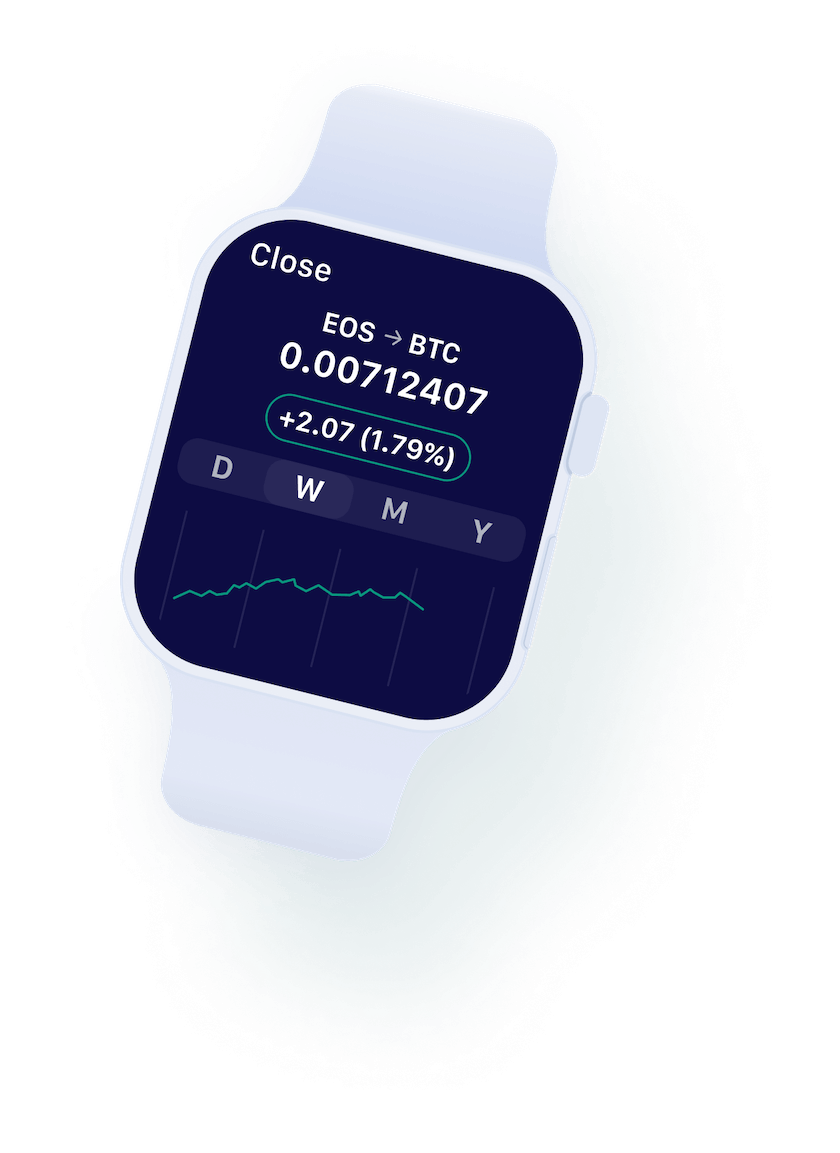Key Strategies for Swing Trading Cryptocurrencies
Swing trading allows you to profit from short- to medium-term crypto price movements. This guide covers key strategies, including trend analysis, chart patterns, and risk management, to help you navigate the volatile market successfully.
TLDR Swing trading cryptocurrencies means holding positions for days or weeks to profit from price swings. The strategy relies on identifying trends with moving averages and chart patterns, using support and resistance levels for entry/exit points, and employing strong risk management with stop-loss orders and proper position sizing.
Swing trading has emerged as one of the favored approaches for navigating the volatile cryptocurrency markets. This method lets you profit from short- to medium-term price movements, with positions typically held from several days to a few weeks.
Unlike day trading, which demands constant attention, swing trading requires less immediate monitoring while still calling for a strategic approach to optimize gains. In this overview, you'll explore top strategies for swing trading cryptocurrencies, covering essential elements such as trend analysis, chart patterns, and effective risk management.
What Is Swing Trading About?
Swing trading is all about capturing the natural oscillations within a trending market. In this approach, you focus on identifying moments when cryptocurrency prices fluctuate within a defined channel, allowing you to benefit from both upward and downward swings. Using technical analysis, the key is to time your entry and exit points effectively to maximize profits.
Embracing the Volatility
The crypto world is known for its dramatic price swings, making swing trading a potentially rewarding strategy. Your success in this method hinges on your ability to interpret price action and gauge market sentiment accurately. This strategy is ideal if you prefer holding positions for more than a day but for a shorter duration than what long-term investing demands.
Identifying Market Trends
One of the key strategies in swing trading is to identify the prevailing market trend so you can align your trades accordingly. A trend represents the overall direction in which an asset’s price is moving—whether that’s upward ( bullish), downward ( bearish), or sideways.
By trading in the direction of the trend, you set yourself up to buy during uptrends and sell during downtrends, potentially boosting your gains.
A common method to determine the prevailing trend is by using moving averages, such as the 50-day and 200-day averages. These tools smooth out price data, giving you a clearer view of the market’s direction.
For example, if a short-term moving average crosses above a long-term one, it might signal an emerging bullish trend. Conversely, a cross below could indicate a bearish market. You can also draw trend lines—connecting a series of higher lows in an uptrend or lower highs in a downtrend—to visually confirm the market’s trajectory.
Support and Resistance
Support and resistance levels are critical components of swing trading. These levels indicate points where an asset's price typically reverses direction. Support is the level at which a cryptocurrency stops falling and begins to bounce back, while resistance marks the point where the price tends to halt its rise and start moving downward.
You can use support levels as potential entry points to buy when prices dip, and resistance levels as exit points when prices peak. These levels are derived from historical price data and are commonly plotted on charts.
When you combine the analysis of support and resistance with an understanding of the prevailing trend, you'll have a clearer picture for determining precise entry and exit points for your trades.
Decoding Chart Patterns
Chart patterns reveal how prices move, providing insights into potential changes in trend direction. By familiarizing yourself with these common patterns, you can better anticipate market shifts and refine your swing trading approach.
Common Patterns to Watch
Head and Shoulders: Typically signals a shift from an uptrend to a downtrend, often indicating an optimal time to sell.
Double Top/Bottom: A double top pattern is usually a bearish reversal signal, while a double bottom pattern may suggest a bullish reversal.
Triangles: The direction of the breakout from a triangle pattern—whether upward or downward—can indicate either a continuation of the current trend or a reversal.
Integrating your understanding of these chart patterns with other technical analysis tools, like trendlines and moving averages, will help you pinpoint more precise entry and exit points in your swing trading strategy.
Managing Your Risk
No trading strategy is complete without robust risk management, especially in the volatile world of swing trading cryptocurrencies. To safeguard your positions, it’s essential to set stop-loss orders. A stop-loss order is placed at a specific price level, allowing you to exit a trade before losses escalate.
For example, positioning a stop-loss just below a support level can help limit your losses if the price falls beyond that threshold.
Another crucial aspect is position sizing. You should never risk more than a small portion of your total capital on a single trade—typically no more than 2-5%. This approach ensures that even if one trade goes wrong, it won’t have a significant impact on your overall portfolio.
Keeping up with market news and events is equally important. Significant developments, such as regulatory changes or technological updates, can cause major price fluctuations in cryptocurrencies. Monitoring these factors can help you adjust your trading strategies as needed to manage risk effectively.
Bottom Line
Swing trading in the cryptocurrency market is a dynamic strategy that capitalizes on the natural price oscillations within trending markets.
By combining technical analysis tools—such as moving averages, support and resistance levels, and chart patterns—with a disciplined approach to risk management, traders can strategically enter and exit positions to maximize profits while limiting potential losses. This method offers a balanced alternative to day trading by allowing traders to benefit from market volatility without the need for constant monitoring.
Ultimately, success in swing trading hinges on a deep understanding of market trends, precise timing, and the continual adjustment of strategies in response to evolving market conditions, making it an appealing choice for those seeking a more flexible yet robust trading approach in the fast-paced world of cryptocurrencies.

